A Look At Gearing For Gravel – Part “2X” (part duex) – by Grannygear
The first part of the article can be seen by clicking HERE.
Recently I have been riding a new Cannondale Topstone (the aluminum one) with the Shimano R7000 105 2×11 and an FSA adventure crank in a 46/30. The rear cassette is an 11-34 and the rear mech is GS long cage. Now that gives me a 4 tooth difference in the low gear, the same as that 46/36 and 11-40 combo would have given me (assuming it worked). The 11-34 cassette is tighter in gear jumps and everything can be lighter too.
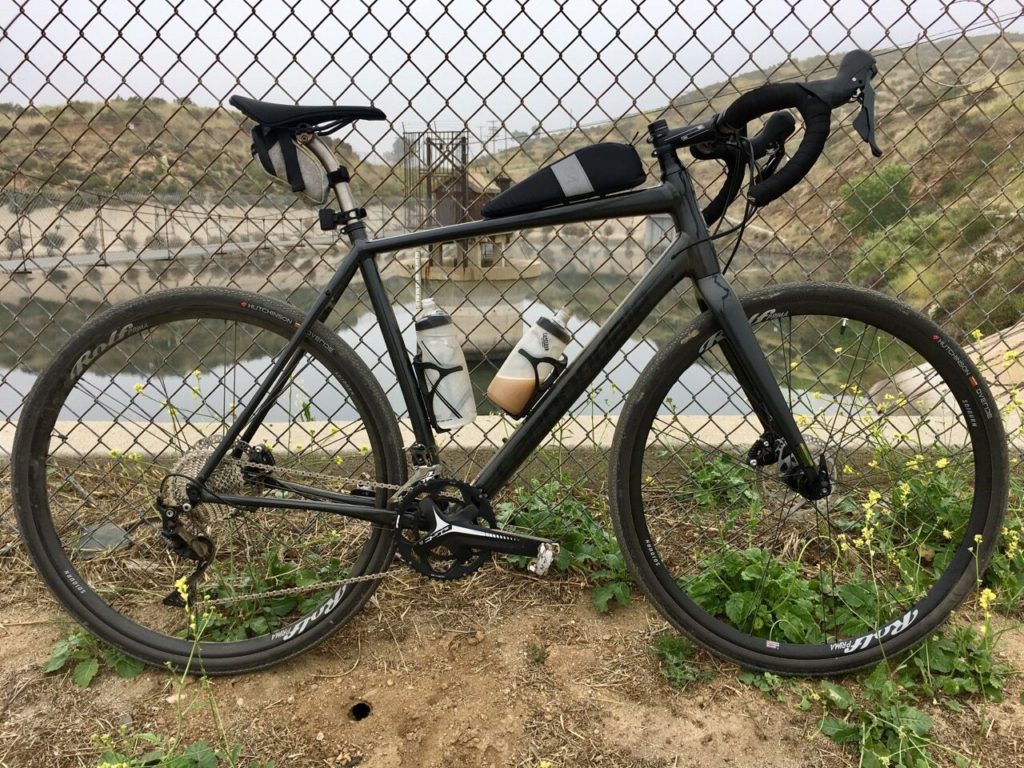
Riding it is still in process, but it is appealing if you climb a lot of real mountains or just really need lower gears for whatever reason. A 30×34 is pretty low and just for fun I slipped a wheel in there with a SRAM 11-36 cassette on it and it shifted perfectly with no adjustments. Wow. Now a 30×36…THAT is a pretty low gear and I could spin up MTB type grades on dirt roads and relax while doing it. Very nice.
But the 30T is at its best in the dirt and on steeper dirt at that! On the road you end up way down on the cassette pretty quickly and so you run up to the 46T big ring and then shift back up the cassette and then…and then you end up crossing gears over more often since remaining in the big ring avoids dropping into that tiny ring again. Big ring/top cog anyone? It is what it is, but I would not be surprised if this 46/30 combo becomes the de-facto adventure/gravel bike 2x set-up. I have to admit that it is compelling and I have been setting uphill PRs on it for what that is worth. It is slowly winning me over as an all-around gearing choice.
Now then…SRAM AXS. Well this is really road stuff and it is expensive and electronic, so hardly a group for the gravel masses. I did see a few Dirty Kanza 200 bikes set up with it, but they were more than likely sponsored riders. Who cares what it costs then? When I saw this I thought “Hmmmm…this could be very good”. I liked how SRAM closed the gap in the chainring sizes. That shifts better and feels great to not have to drop that big distance in gear inches to the small ring. Chainring sizes are reduced. Not sure that is a great idea for pure road use, efficiency wise. To get around this reduction in big ring diameter they put to use that 10T cog they have (well, Shimano has it too for MTB, but that is yet to come to 11spd). Have you ever ridden a bike with a 10T small cog? Unless you are an MTB rider, you might not have, but of course there are a lot of gravel bikes with a 1x SRAM 10-42 cassette out there.
I remember my first MTB with a 10-42. Slipping into the 10T with a 30T front ring was pretty cool. Big feeling gear for a small front ring. But I could feel the rumble of the chain on the tiny rear cog. I could feel it in the pedals and up through my shoes. That is a big ask of your chain, running at speed around that tiny gear. Less efficient? No doubt. Feels kind of odd too, like you have a bad bearing somewhere in your drive train.
But I have not ridden it so I may be full of beans. And I rarely get into the 50×11 combo for long unless I am chasing on a downhill, so maybe the 47×10 will be the same for most folks…rarely used and so this may not matter at all. I still do not trust SRAM to build a solid shifting front derailleur for road, based on my time on the older stuff, despite me being a big fan of Double Tap. But until AXS hits mechanical at a lower cost…if ever, and offers bigger cassettes, then it does not interest me for gravel use.

Counterpoint: Guitar Ted: I looked into SRAM AXS as well. But before I get into my take on it, some background. I use a 46/36T crank with an 11-36T rear cassette, 11 speed set up, and that is all I need most of the time. There are times I wish I had ‘one more’ click. Okay, and with that said, I also have a 1X 11 SRAM bike here (Noble Bikes GX-5) at my disposal for a bit. That bike can handle an AXS front derailleur.
My thoughts were that maybe an AXS set up might be nice. Expensive? Whoo Boy!! And how! But here’s the thing- SRAM offers a 46T/33T crank set. Very interesting. However; the deepest AXS cassette currently is a 10-33T. Still just a 1 to 1 low. If SRAM were to offer, say- a 10-35T spread, they’d have my keen attention. The 46T to 33T drop is a bit more manageable than Shimano’s or many others crank sets where you have to dump a LOT of rear cassette cogs when shifting from one crank chain ring to another. I’m simply not interested in being forced to do that monkeying around when I shift front rings.
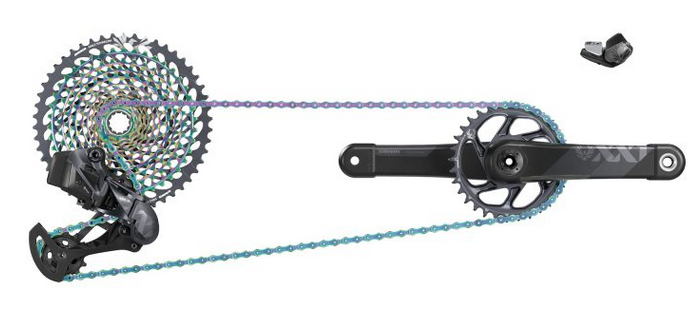
Besides this, the AXS stuff is too expensive to be grinding on gravel roads. I cannot see replacing one piece chain ring sets and one piece cassettes that cost an arm and a leg at the rate these parts can wear out with use on gravel. But then, maybe these parts are up to the task? Dunno. They still are far too expensive for the average Joe and Jill though.
So, SRAM AXS is close, but no cigar! I’m holding out for something closer to my needs, and for less cabbage!
Grannygear again: So I applaud the coming of ‘adventure’ geared cranks and kudos to Shimano for finally jumping in. I think that the 46/30 is a nice thing to have for a large segment of the gravel population, bike packers, etc. Unfortunately, if it is not perfect for your needs, it’s not like you get a chance to choose a different crank set-up when you buy your bike, forcing you to make what could be a costly swap to get what you want. No easy answer to that I guess, and I bet most riders would rather err towards lower gears because you can always shift ‘up’ into higher gears but once you are in your granny gear, that is all she wrote.
Next up, 1x: Living with one shifter on the bars.


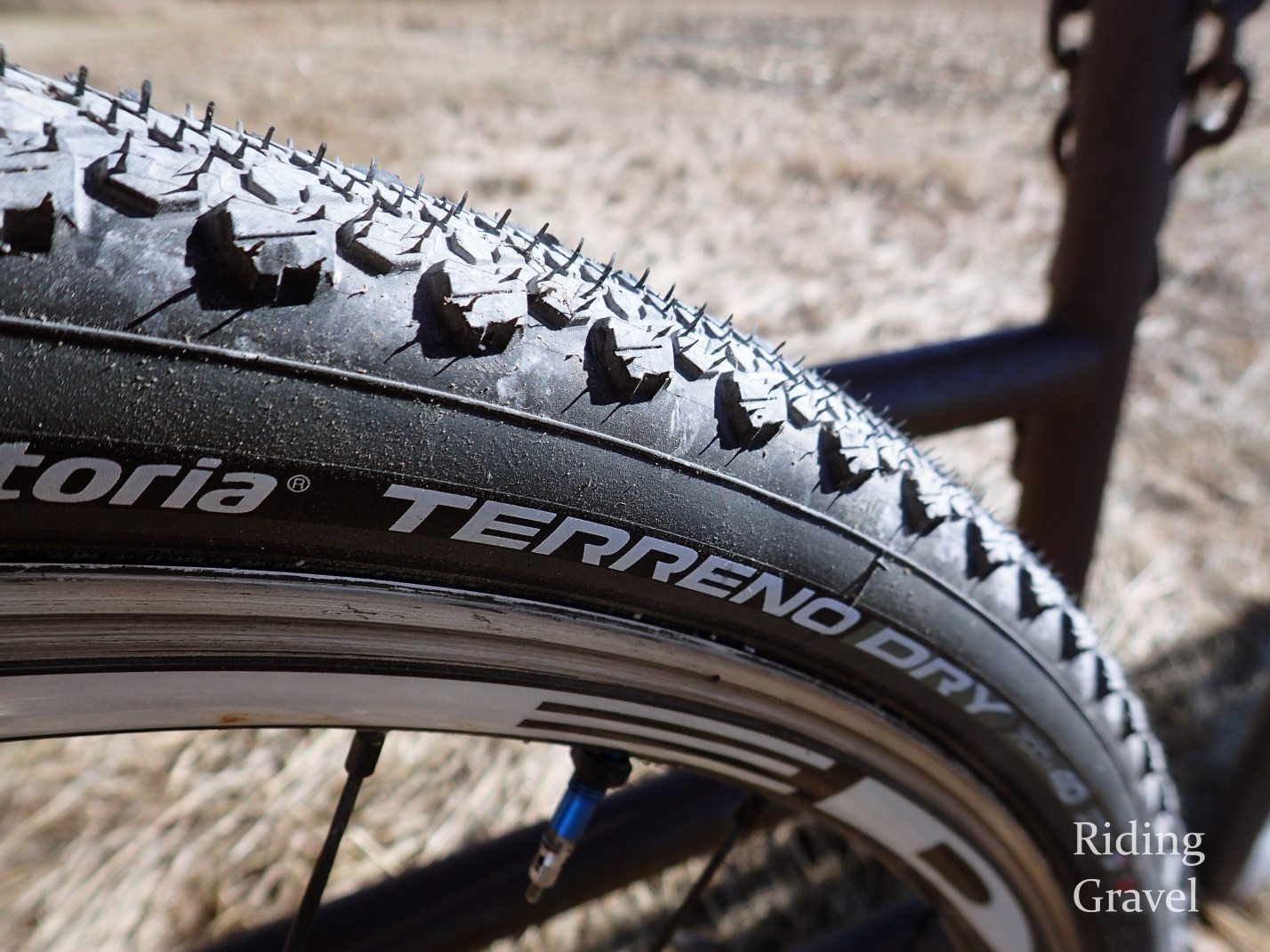
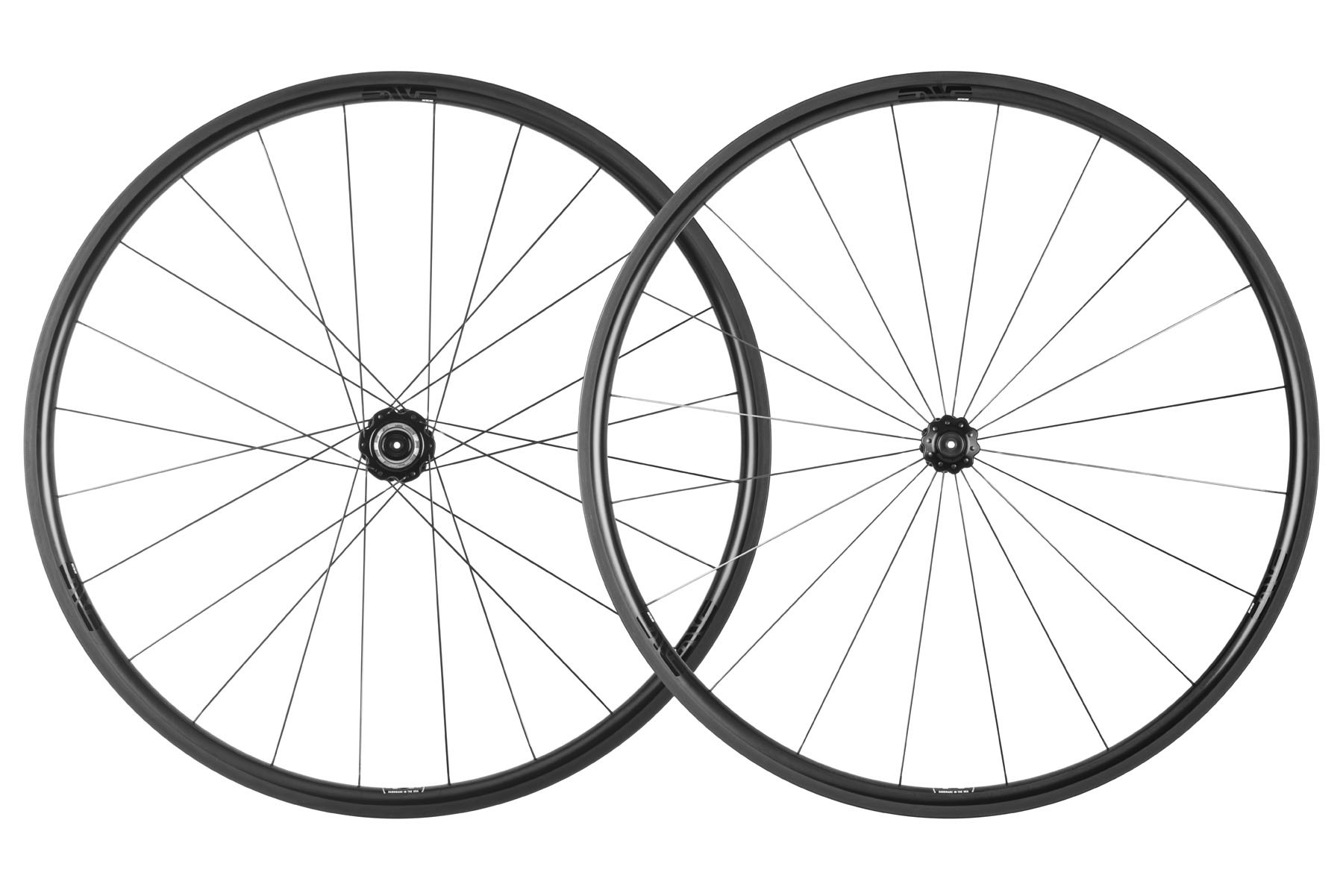
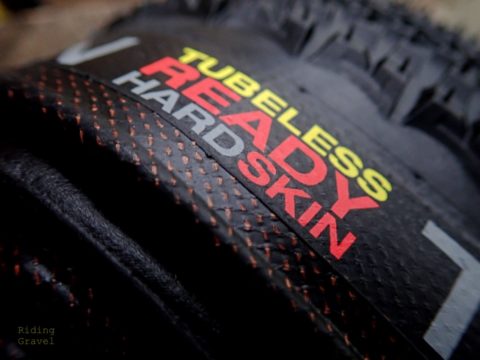

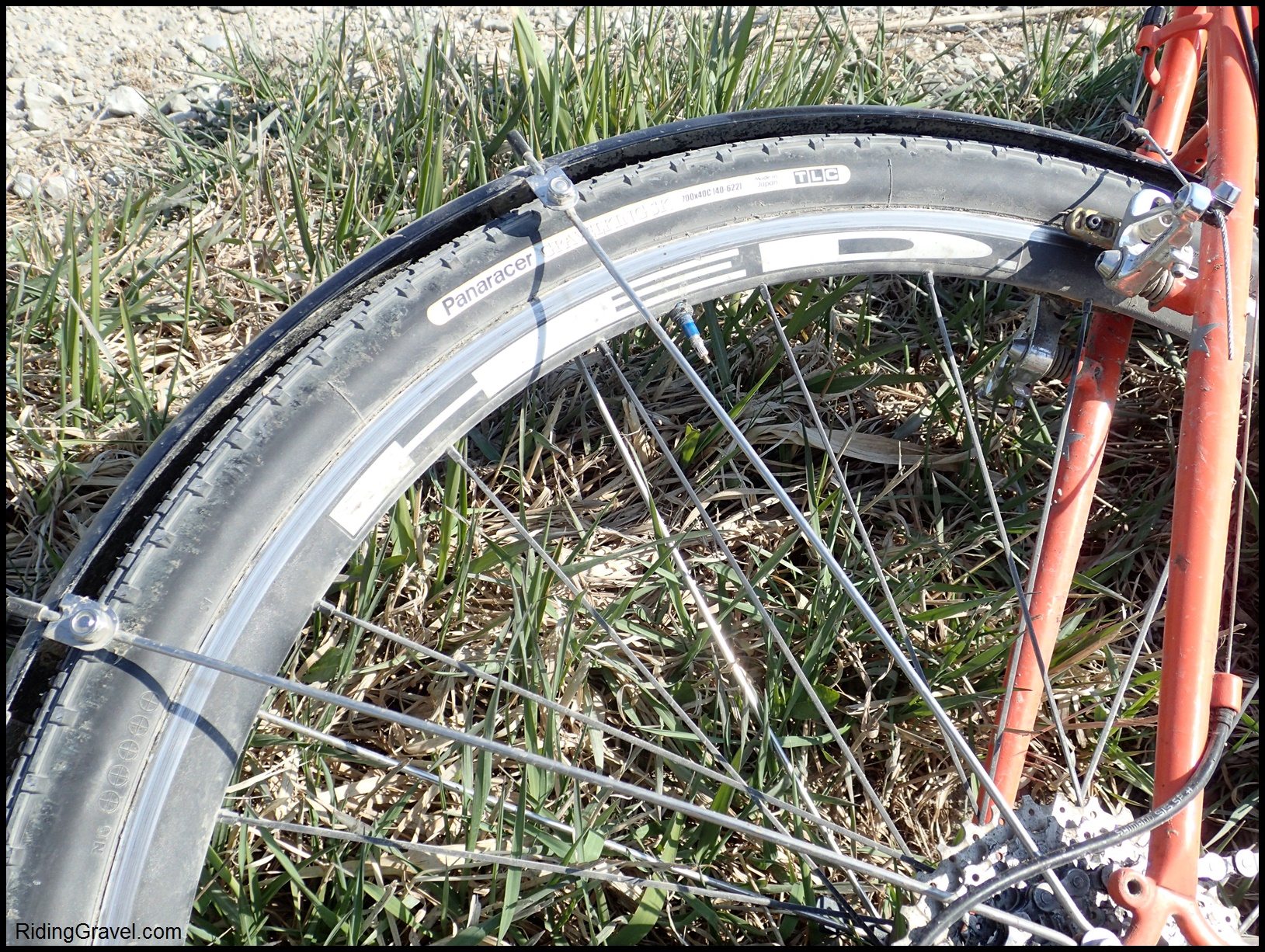
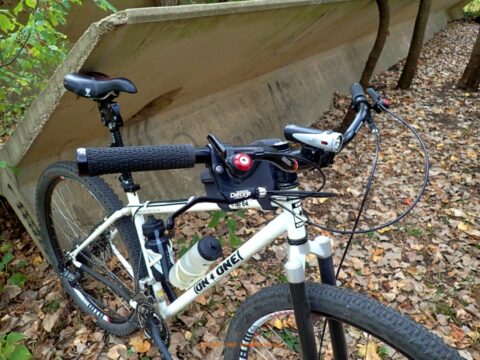
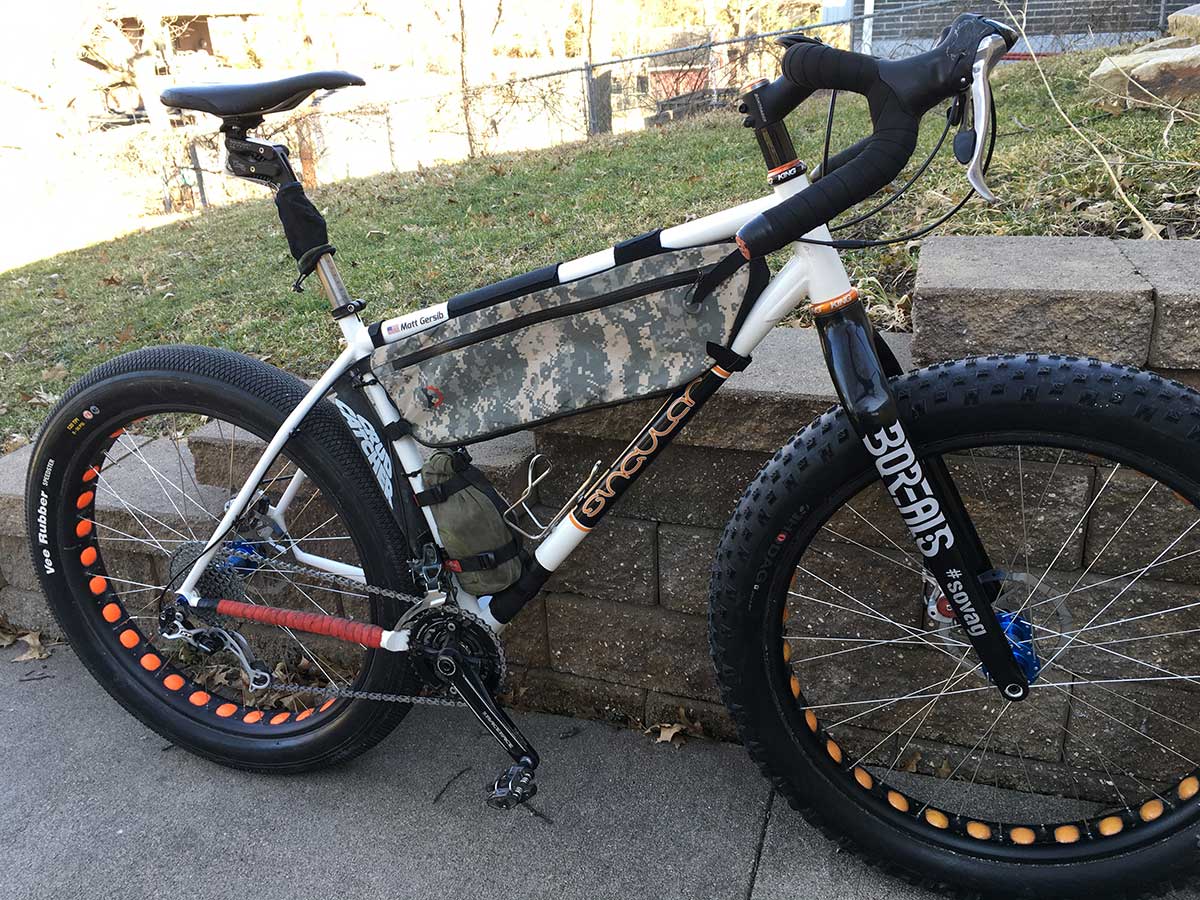


Good perspective. I’m thinking a lot about gearing right now, as I have both the new Force AXS parts on one bike (on the Topstone Carbon I’m reviewing), and GRX mechanical on another (on a Niner RLT9 RDO – look for the review to-come). The Force has the 33/44t crank with a 10-33 cassette, while the GRX uses a 31/48 crank and a 11-34 cassette. I only have one ride in on the GRX, but it was a 50 miler with about 6k feet of elevation gain, so I got intimately familiar with the gearing spread.
I definitely appreciate the wider range of the GRX gearing, especially the lower low gear. We were often pedaling at less than 5mph with no problem, while on the top end, I was still pedaling at more than 45mph on one downhill section. It also seems like the gearing change from gear-to-gear is more even with Shimano’s gearing.
That’s not to say the SRAM parts are disappointing… They’re awesome in their own ways, and ultimately it’s good to have choices.
Looking forward to the GRX review. My rides usually have at least 100ft of gain (and descent) per mile, so the low-low would be nice, but I’m not willing to give up the top end coming down.
I’ve been on some form of SRAM road group since first-gen Rival, but their insistence on 1x (or wireless) is looking like it’s gonna drive me to GRX for my next bike.
I have a 48/32 with 11/34 setup and I feel like it’s the best of both ends of the spectrum. I also live in an area of 100′ of elevation per mile, and I’ve been really pleased with this setup. I have the GRX RD, so you could even put a bigger cassette on it I bet.
I’ve been using the White Industries G30 crankset on one of my bikes with the VBC chainrings and am absolutely loving it. I have a couple of gear clusters (46/28 and 40/24) which I swap out depending on where and how I’ll be riding. I live out west and depending on how much and how hard the climbs that I’m planning on doing or whether or not I’ll be loaded down with gear. This allows me to keep a closer ratio cassette on my bike to keep away from those big gear jumps but gives me a wide ratio of gearing options, for my needs it’s been the perfect crankset.
Thanks for the informative article. Is great that gravel cyclist now have gearing options.
For me a 50T does not work. My Rival 50/34 is more of a 1x than a 2x set up.
Im currently waiting on the Easton 47/32 carbon crank set to replace the stock 50/34 Sram Rival crank set that came on my Niner. There is some debate what is best for gravel, 46 or 48, so Eastons 47/32 was a easy decision for me. I also have on order Shimano GRX Di2 in seek of more efficient, effortless shifting. Most of my riding includes hills so Im hoping this is going to be a really nice setup.
It will be a nice set-up, only just have to think about the front derailleur spacing with an Easton crank, which is different than the GRX crank. But for sure 47/32 will leave you with many cassette options at the back. Only 15t difference up front, so 11-40 should be slightly easier to fit, although it’s not recommended. 11-34 will obviously work for sure. I think the Easton is a lovely crank, it’s just 170mm is the smallest option. Also I do like the Praxis crank a bit more in 48/32 in 165mm, and especially with their top level power meter option it’s a much better buy in quality, price and weight than the Easton power meter option.
Rural NH/VT, lots of dirt roads with steep climbs. My “gravel bike” for many years was a 2X MTB, and I never felt the gearing was too low, so I knew compact road gearing wouldn’t work when I got a new bike. My new-to-me drop-bar bike came with Shimano 50/34 cranks and 11-34 cassette. I didn’t want to replace the entire crankset and BB(GRX wasn’t out yet), so installed the Absolute Black 46/30 ring set. I’ve been very happy with the change. The lower low is a huge plus, and the 46 works better for me on the road than the 50. (I’m no wattmonster). 30 x 34 is definitely NOT too low for some of the hills I’ve found! 😉
“Best’ is going to vary enormously depending on local terrain, rider size/strength, and riding style.
I have upgraded my “gravel” bike with an FSA crank with 46/30 chainrings and am now using an 11-34 cassette and I am loving it.
Some of the gravel state forest roads that I ride can be 3 miles long and average 9%, most are shorter but a steeper and I have found that with this setup I have only had to hike-a-bike once and that road was just crazy steep at about 20%!
I do find myself running out of upper end gearing on those fast downhills but I am ok with that for the low gear when the road starts to go up.
That’s a perfect example of different riding styles. I spun out my 46×11 so rarely that I replaced the 11T lockring with a 12. I figured I’d rather have a gear I’d use more often. I did the same thing on my road bike because I hardly ever used the 50×11 gear.
The other thing I’ve noticed about my setup is that the oval AB rings seem to make climbing standing more comfortable for me, so I’ll stay in the big ring longer before shifting down in the front.
I’m also going to Easton 47/32 with a Shimano 11-34 cassette (10-speed).
– nice 15-tooth jump between big ring and small ring.
– nice 32-34 gear on the low end for the rolling hills I’ll be riding. I won’t do big mountain riding with this.
All should work nicely with Shimano road derailleurs going back several generations, correct?
If Sram or Shimano would make a dropbar shifter/brake-lever for their existing 1×12 drivetrains, we could put all this 2x stuff behind us. I keep hoping!
Great input Droitaubutt. Thanks.
gg
What is the lowest gearing (with widest range of gears for a 2x system) that I can have on a road bike?
I have an 8-yr old, aluminum Giant TCR road bike with Sram Apex groupset…modified with: 34/50 FSA front crank; SunRace 11-40 rear cassette (CSMX3); Sram GX 2×10 long cage rear derailleur; FSA chain (needed to buy 2 to add links).
This setup worked flawlessly when originally assembled. I was over-the-moon, happy as a clam, etc. It has allowed me (an over-50yr old man) to tackle the hills and mountains of Taiwan. However, there is frequent fine-tuning required to keep the shifting optimal. Over time (1-2 years?) the shifting has gotten worse. Keeping the chain clean helps, but I think the parts are somewhat worn or just not working like new. So I now need to get the gears tuned/aligned about every 3 or 4 rides. The bottom line is that I’ve grown to hate my setup. There is a lot of clanky shifting, and often ‘ghost’ shifting, and I can no longer put full force on the pedal stroke for fear of bone-jarring gear shifting failure!
Thanks,
Mike in Taiwan
The FSA Energy (aluminium) or SL-K (Carbon) adventure cranks sets come with 48/32 or 46/30 as standard. The 386 fits a wide variety of bike frames.
FSA replacement rings don’t break the bank either.
So if the 46/30 isn’t for you, it’s low cost and easy to change to 46/32.
I use the 46/30 where I live (Kielder ain’t flat) with a 11-32. It took a little while but I’ve long since gotten used to dumping down the cassette 2/3 gears when going from 46 to 30, and vice versa.
A while back I decided that I was going to try some thing unconventional and bought aShimano crankset with absolute black 4630 chainrings. I paired that in the back with sunrace 11-42 cassette, a Shimano SLX MTB derailleur and a tanpan from Wolf tooth. To my great happiness it all worked out really well. ( oh, I used a Shimano 105 11-speed right shifter) since it was a Niner mountain bike frame I needed a top pull derailleur and found a Shimano cyclocross item that would work with the 16 tooth jump.
I don’t like to jump from the 4611 to 4613, but that’s pretty much the standard on wide range freeway Oso there’s really not much option there.
I had a Salsa Warroad built up with a Red AXS, 11-33, 33/46. This is my gravel bike that I occasionally will ride century road rides with. In 2000 miles of gravel grinding this year so far I have yet to have a single mis-shift, chain drop, or anything. On the road with 28mm slicks, I have spun out one time, at 43mph. So far I have yet to find a flaw with this drivetrain, other than the price. I think people discount AXS on price alone, even if they’ve never ridden it. Occasionally I would like one more click. That 11-35 cassette sounds fantastic!
“The 46T to 33T drop is a bit more manageable than Shimano’s or many others crank sets where you have to dump a LOT of rear cassette cogs when shifting from one crank chain ring to another. I’m simply not interested in being forced to do that monkeying around when I shift front rings.”
This is exactly why I think the new GRX cranksets (and so-called sub-compacts in general) are an unattractive alternative to achieving the wide range solution. I thought 50/34 was awkward back when I had one, 46/30 or similar seems like it would be even more so given the greater percentage difference between tooth count.
Yes, 2x is ideal for gravel riding where I’m at. I live in an area with a lot of very steep gravel roads. I’m running 48/32 with 11/34 and it’s perfect. I don’t miss out on climbing gears or top end speed. I don’t like 1x around here due to the spacing between gears. It’s just hard to find a good cadence sometimes. Thanks for writing interesting content!
FWIW:
We run Old ETap WiFli on our tandem. Front is either 52×34 or 48×30. I change the chain when changing the rings. Yes the jump between chainrings is sometimes imperfect. the rear is a 11×42 with a roadlink. The set up is fussy, Adjustments must be perfect, but I set it up 6 months ago and it is still working as well as day 1. The 30×11 results in sloppy chain and 48 x 42 does not break the RD. the range is fantastic. we have some really steep stuff here in the Pacific NW.
In both small/small or big/big, the chain will chatter on the FD and let you know you are outside preferred range on that gear.
On my single road/gravel bike I am running 11sp shimano ultegra mechanical FD, GRX RD. Front is 52/36 and rear is 11×36. works across the range. the chain will chatter on the FD when in 52×28,32,36.
There are builders out there converting XT/XTR into gravel bikes with bigger chainrings than spec’d by shimano. this system avoids the low/low and big/big problem by locking those combo’s out in the DI2 software. I am considering a 3x for the tandem with a 52/42/32 front end. requires some hacking on the FD to make this work though.